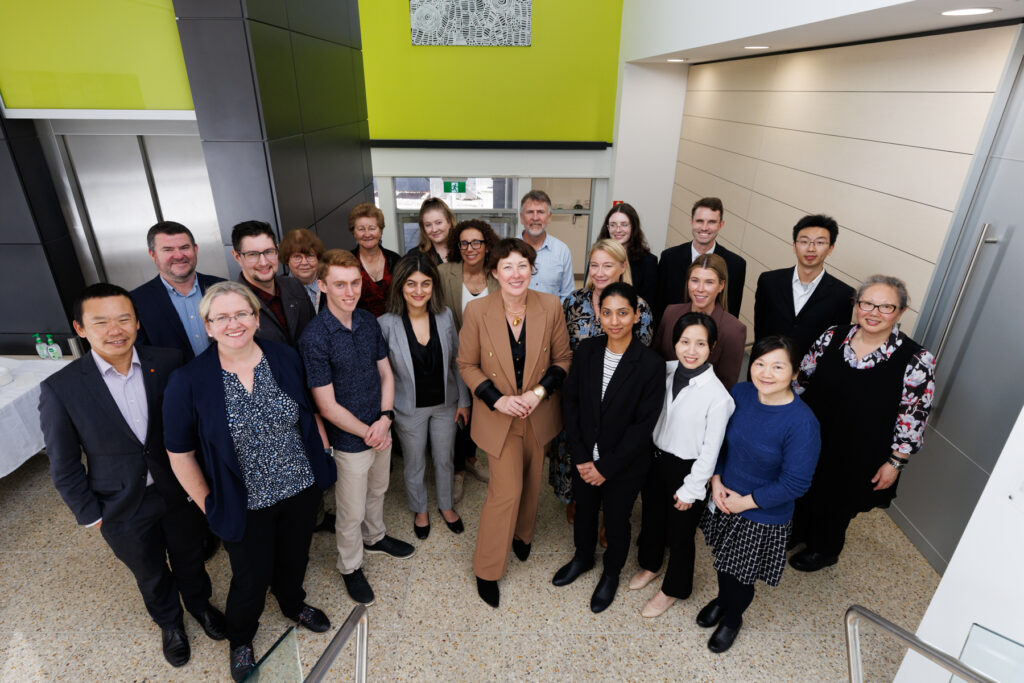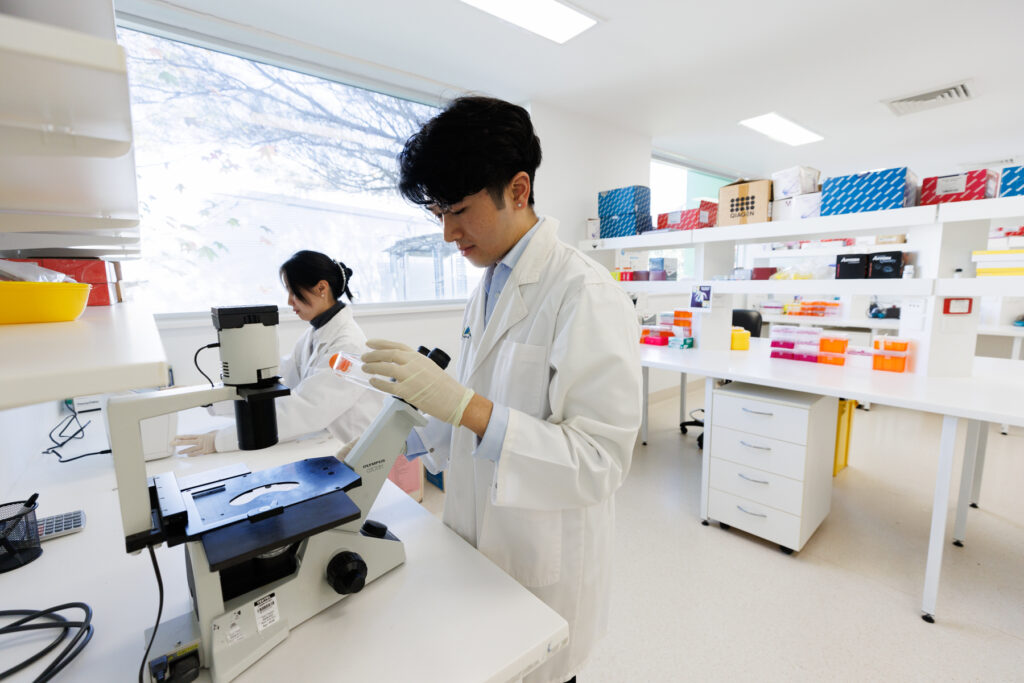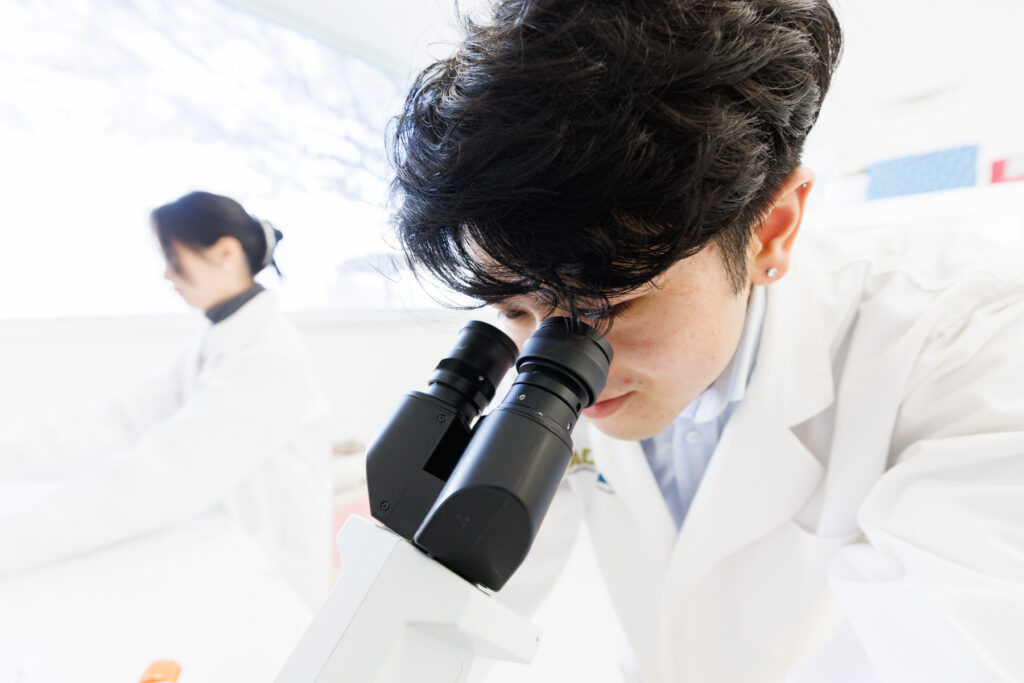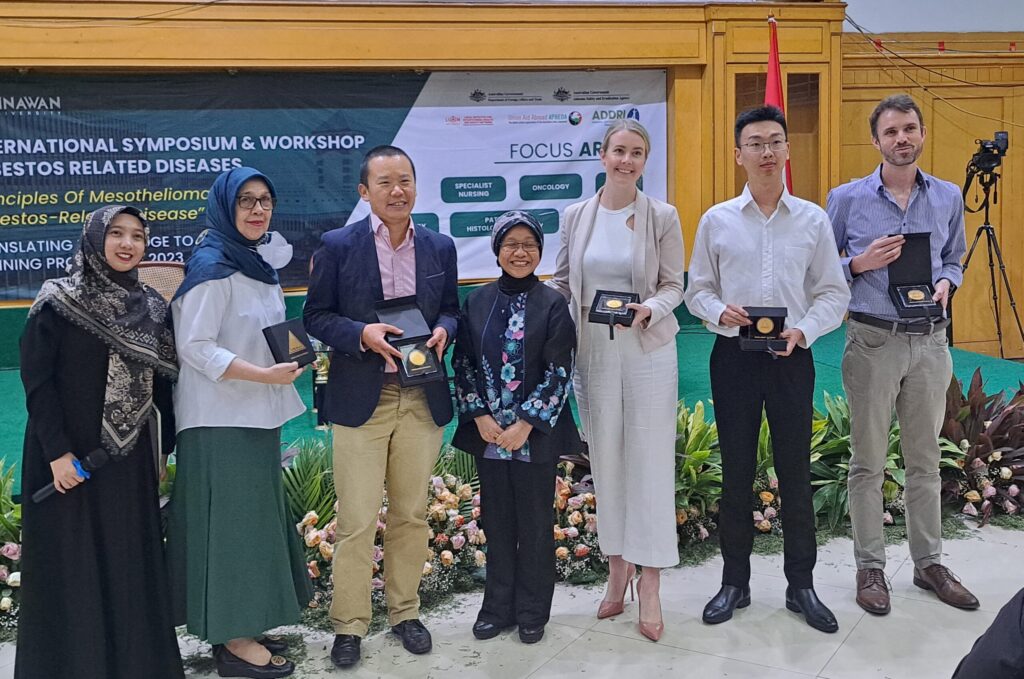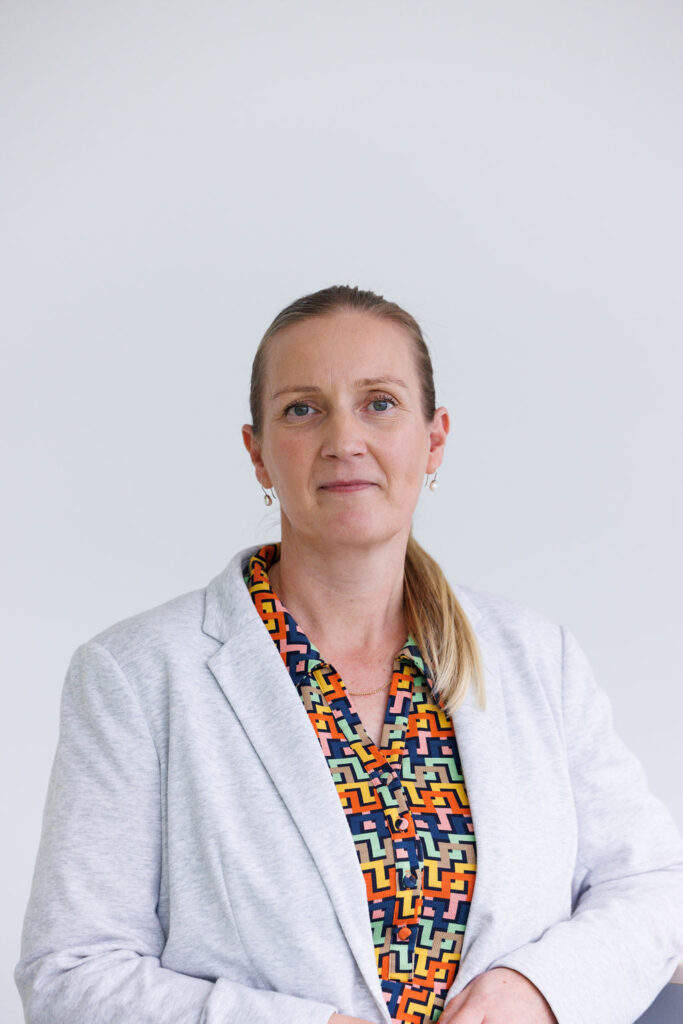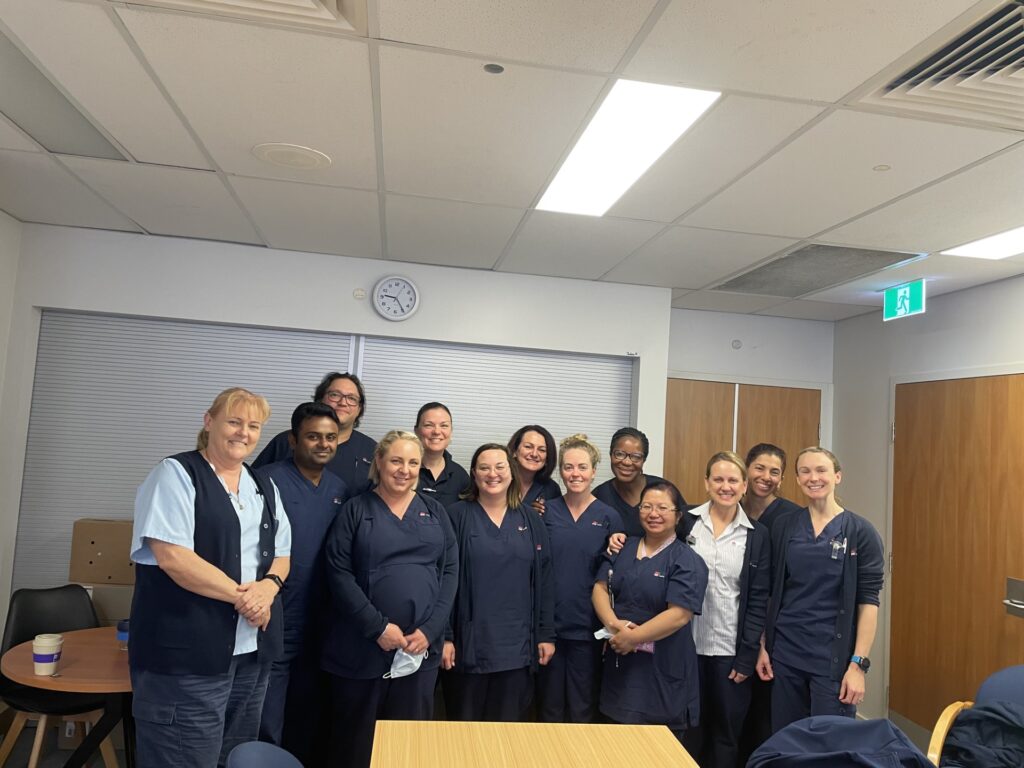Asbestos in Thailand
Since there are no asbestos mines in Thailand, asbestos is imported from several countries for manufacturing purposes. Asbestos has been imported for over 40 years, and despite restrictions, at least one form of asbestos, chrysotile, is widely used.(1) A range of industries require asbestos as a raw material. For example, 90% of imported raw asbestos is used in asbestos-cement manufacture, mainly for roof tiles and cement pipes. Brakes and clutches of older motor vehicles also contain asbestos although they have been abandoned. Older vinyl floor tiles from the 1960s, gaskets, or heat insulating materials contain about 2% asbestos.(2, 3, 4)
According to statistics from Thai Customs, between 2001 and 2006, Thailand imported between 1784 and 2145 million baht of asbestos from sixteen countries (mostly from Russia, Canada, and Brazil). Crocidolite was also imported until 2008 although it was banned in 1992.
The figures of imported asbestos declined to between 839 and 1432 million baht from 2007 to 2012, and Russia remained the largest supplier. After Thailand banned asbestos in 2011, import value between 2013 and 2019 dropped to between 512 and 616 million Baht. remained the primary supplier (97.2%) with a small amount coming from China.(1)
National policies and regulations
In Thailand there are three main government agencies for controlling asbestos:
- the Department of Industrial Work, which regulates and controls import, use, and storage of asbestos. (Note: crocidolite was banned under the Hazardous Substance Act (2535 /1992)(5);
- the Ministerial Regulation on the Prescribing of Standards for Administration and Management of Occupational Safety, Health, and Environment in relation to Hazardous Chemicals (2556/2013)(6);
and,
- the Announcement of the Department of Labour Protection and Welfare on Hazardous Chemical Exposure Level (2560/2017)(7).
There are, in addition, regulations related to the health of workers exposed to asbestos, including:
- the Notification of the Ministry of Labour on specifications of hazardous chemical substances for which employers shall arrange medical checkups (2552/2009)(8);
- the Notification of the Ministry of Labour: Diseases that occur at work or because of the nature or type of work (2550/2007)(9) and a forthcoming of The Occupational Diseases and Environmental Diseases Control Act (2562/2019) (Ministry of Public Health).(10)
In Thailand, although the Cabinet banned asbestos in 2011, full implementation of the goal is yet to be achieved. In 2012 and 2014, the Ministry of Public Health recommended the following:
- Stop using all types of asbestos;
- Provide information regarding solutions for substitution;
- Prevent exposure to asbestos in place and during asbestos removal;
- Improve early diagnosis, treatment, and rehabilitation services for asbestos-related diseases;
- Establish registries of asbestos-exposed people, and funding for asbestos-related diseased individuals.(11)
Following the recommendations, there have been some reports indicating:
- some decrease in importation of asbestos from 2012;
- a study revealing 26 cases of mesothelioma but only 5 cases related to asbestos exposure;
- the permissible exposure limit of asbestos has been reduced to 0.1 f/cm3(7);
- the Ministry of Industry was not able to enforce the reclassification of asbestos to be a type 4 of Hazardous Substance Act (2535/1992). (Note: Type 4 means hazardous substances that are considered to pose a vital risk to humans, and production, importation, exportation, or possession are prohibited);
- no further regulations related to the construction and/or demolition (11); and
- clutch and brake pads made from non-asbestos material has been implemented.
Exposure assessment
In Thailand, the permissible exposure limit of asbestos was recently decreased from 5 f/cm3 to 0.1 f/cm3.(7) In formal investigations of asbestos exposure for the periods 1987-1988 and 2000-2001, highest exposure occurred in brake and clutch manufacturing (respective mean in 1987 and 1988 was 3.06±10.12 f/cm3 and 0.81±0.96 f/cm3). In 2000, the highest concentration found in brake manufacturing was 6.93±9.19 f/cm3 compared to 1.07 ± 3.11 f/cm3 in 2001.(12) In 2008, the Department of Labour Protection and Welfare reported occupational exposure to asbestos in 13 brake and clutch factories, (12) cement tile factories, and one glue factory.(12, 13)
Although some concentration levels were lower(13) than a previous survey(12), they are higher than permissible exposure limits (PEL).(7) Incharoen et al reported on bronchoalveolar lavage as an alternate method to assess exposure (14):the burden of asbestos in the fluid from occupationally-exposed workers was not significantly different from the general population. A further study from the same author revealed that asbestos was found in 48% of lung tissue from autopy cases with no association to occupation.(15)
Epidemiology of asbestos related diseases
Asbestos-related diseases (ARD) were historically not reported to the surveillance schemes or the Workmen’s Compensation Fund. A few cases of pleural thickening were reported in a survey conducted by the Division of Occupational and Environmental Diseases, Department of Diseases Control, Ministry of Public Health. The survey was carried out in 24 factories in 1987 which showed that 13 of 701 workers had pleural thickening as identified in routine chest X-rays. Eight of the 13 had worked for more than 10 years in a relevant occupation.(12)
Although Thailand has imported asbestos for more than 70 years, there have been very few reports of ARDs. The first case of mesothelioma was diagnosed in 1954 as a case affecting the tunica vaginalis but the first reported case of plural mesothelioma was in 1968. Between 1954 and 2011, there were 57 known mesothelioma cases in Thailand but none of them were linked to asbestos.16 In 2009, the first case of ARD was reported as malignant mesothelioma. This worker had been exposed to asbestos while working at a roof tile factory for 24 years.(17)
Later in 2012, two cases were reported linking asbestos with (a) sarcomatoid mesothelioma (working in a fiber cement factory for 23 years) and (b) asbestosis (working in a fiber cement factory for 35 years).(18) Later in 2015, the first case of a pathologically-confirmed diagnosis of asbestos was published. The authors suggested the disease was associated with work—which was to check the quality of protective wire mesh fan covers.(19) Buranatrevedh et al. reported 26 mesothelioma cases (in 2015-2016): 21 cases of mesothelioma of the pleura, 3 of the peritoneum, one of the pericardium, and 1 of the testis. Amongst these cases, only 5 had evidence being work-related.(11)
Health surveillance of ARDs in Thailand
In Thailand, all workers who were exposed to asbestos are required to register with the Division of Occupational and Environmental Diseases, Department of Disease Control, the Ministry of Health. ARDs that require health surveillance include pleural thickening, asbestosis, plural mesothelioma, and lung cancer. There are three categories of asbestos exposure: high, moderate, and low. High exposure includes workers fabricating/assembling tiles, heat resistant cement pipe, and brakes; moderate exposure includes workers in construction or shipyards working for 5-10 years; and, low exposure includes workers in construction or shipyards working less than 5 years. In addition, factories using asbestos as raw material are included for health surveillance, which includes medical and passive surveillance (ARD reporting).
As per the Division of Occupational and Environmental Diseases, Department of Disease Control, the Ministry of Health, medical surveillance includes (20):
- Pre-placement medical examination: questionnaire (on smoking and work history), physical examination, chest X-ray, and pulmonary function test. Evaluation of the chest X-ray follows the ILO International Classification of Radiographs of Pneumoconioses;
- Periodic medical examination: questionnaire (on smoking, tasks and duration of tasks suggestive of exposure to asbestos), physical examination, chest X-ray, and pulmonary function test every 12-36 months. Low-dose CT or HRCT is also used in case of doubt; and,
- Exit medical examination: questionnaire (on smoking, tasks and duration of tasks suggestive of exposure to asbestos), physical examination, chest X-ray, and pulmonary function test.
Following the medical surveillance program, if any worker has a history of asbestos exposure together with at least one condition:
- symptoms of dyspnea, chronic cough without any specific diseases or having crackle sound while breathing on ausculation;
- chest X-ray showing category 1/1 or above based on the ILO International Classification of Radiographs of Pneumoconiosis; and/or,
- abnormal lung function test.
In Thailand, the diagnosis follows the international guidelines which includes at least two of the following three criteria:
- having a history of exposure to asbestos (source of asbestos defined);
- chest X-ray compatible with at least 1/1 ILO International Classification of Radiographs of Pneumoconiosis;
- pathological diagnosis.


